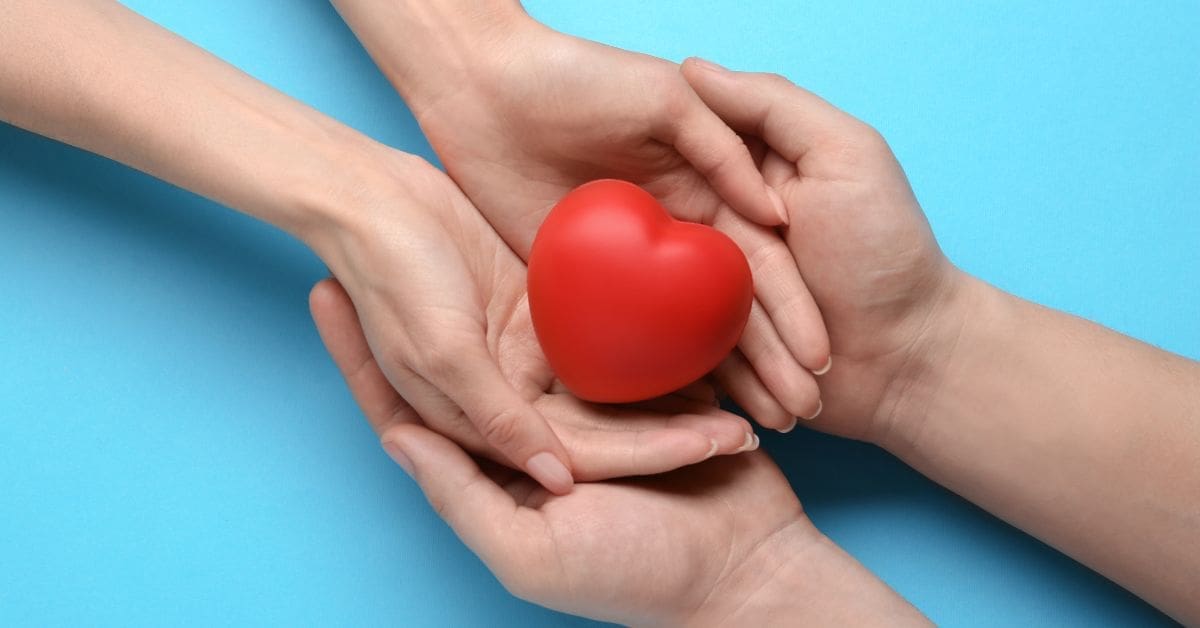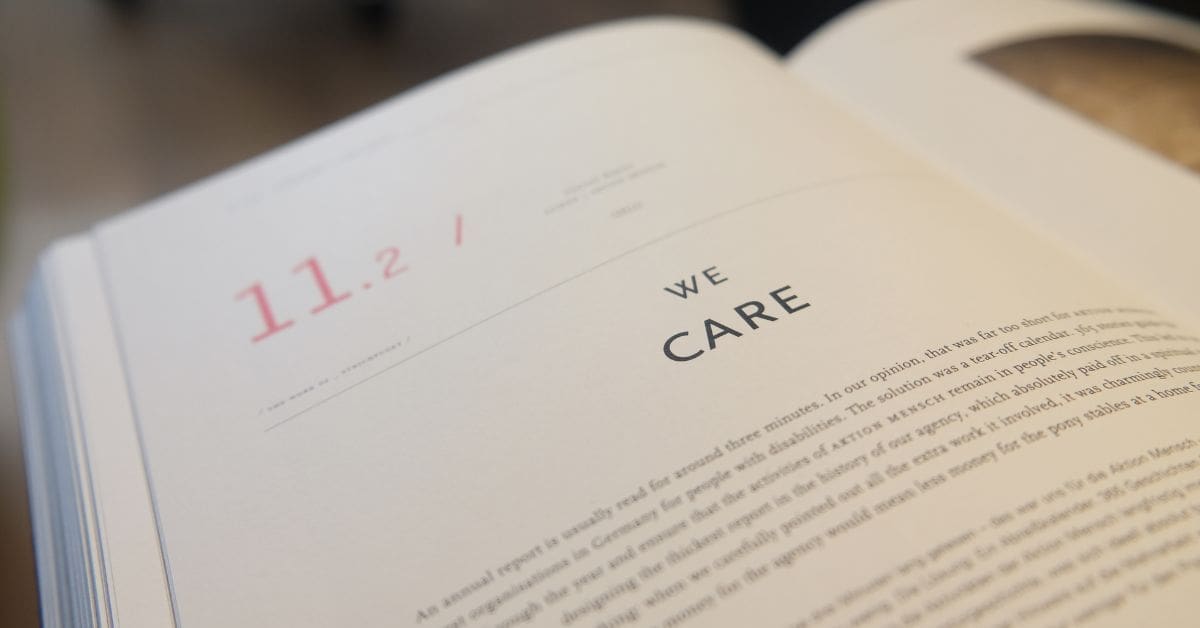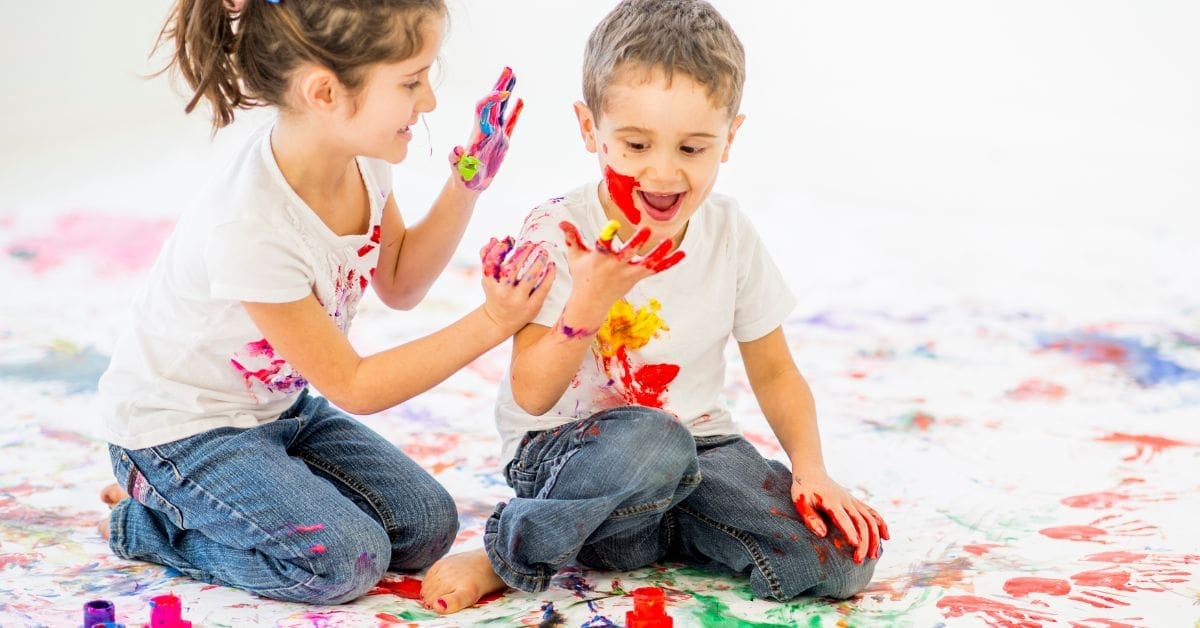Have you ever met someone who is caring and empathetic? Someone who genuinely cares about you and will stop at nothing to keep you safe. Given that a mother fully embodies these qualities, you might not have to hunt far for this individual. She gives her child the best care possible while being completely selfless. The maternal impression provides us with an indelible template for The Caregiver archetype.
Next in the series, this blog deals with the motivations, character profiles, and knowledge of the Caregiver brand archetype.
If you want to quickly review all the 12 brand archetypes based on Swiss psychiatrist Carl Jung’s personality framework, read our full article ‘Brand Archetypes – What they are and How they Help’.
Meet the Caregiver Archetype

The Caregiver is kind, giving, efficient, giving, patient, extremely competent, and a great multitasker. The Caregiver brand – like Carl Jung’s personality – remains composed in a crisis, focuses on building connections, and exudes the lightness of optimism because they can see the bright side of every situation.
Two adjectives that best describe the Caregiver brand archetype are thoughtful and compassionate. A selfless personality – the caregiver archetype places emphasis on others, giving people a high priority and improving their quality of life rather than on oneself. They provide their clients with defence, security, and assistance. It is a personality fit for brands which aspire to nurture or assist others, from healthcare to non-profit to hospitality industries, by picturing the sympathetic nurse or the helpful concierge.
Also referred to as the Saint, Helper, Parent, and Nurturer, simple acts of love and goodness are insufficient to define caregiver branding. A caregiver consumer will not be impressed by the charitable gift you made once a year or the volunteer work you did over the weekend. The caregiver’s branding desire to look out for others. If they feel they can improve the situation for the parties concerned, they are motivated to take charge of it.
Values
Altruism, empathy, and compassion are characteristics of the caregiver archetype. This archetype goes above and beyond for the benefit of the greater good because it is rooted in a sincere desire to help others with the greatest degree of generosity. In contrast to other archetypes, the caretaker demonstrates maternal traits and goes beyond to offer assistance and guidance to others.
Strength
Caregiver branding is considerate, sympathetic, and helpful. They value creativity and unstructured settings where they may express themselves and interact with others. They are excellent at foreseeing and satisfying people’s needs and have an ardent desire to help others. They enjoy doing actions that make others’ lives better, and frequently, considering how decisions will affect others is their priority.
Weakness
Since their love for social contact and propensity to let their emotions lead them through issues is strong, caregivers sometimes find it difficult to go through issues rationally because they see things more emotionally than they do intellectually. Another watch-out is that these brands may not be seen as naturally meticulous. Caregiver branding may find it difficult to complete tasks that call for careful planning and exact execution.
How to apply the Caregiver archetype?

Caregiver brands frequently reflect the reality of everyday life. They do not avoid reality and want to bring attention to the issues of others. They appeal to sentimental tendencies, the love of family, and the need for the protection of their target audience.
From the communication above, it may seem like this archetype may only suit certain industries engaged in childcare or assistance. However, the caregiver can be a well-suited archetype for a paint company like Berger Paints and for a personal hygiene brand like Dove. To help you understand how you can inculcate the caretaker into your product or marketing efforts, here is a quick guide.
Brand Persona
The caregiver has a core desire to assist others. Therefore, a caregiver’s communication embodies reassurance and compassion. Their tone is warm, gentle, and welcoming so that their customers feel safe, always loved, and cared for. Marketing campaigns will include sentimental music, images of families, and a focus on giving back to the community.
Colour
The branding associated with the caretaker archetype uses soothing textures and calming tones. Caregiver archetype colours include colours such as Blue, Turquoise, and White.
- Blue colour represents strength, competence, high quality, dependability, trust, tranquillity, integrity, intelligence, security, balance, calm, and safety.
- The colour turquoise represents spirituality, healing, protection, serenity, and introspection.
- The colour white represents goodness, sincerity, purity, balance, calm, freshness, cleanliness, ease, innocence and light.
Industries and Categories associated with the Caregiver
You will find the caregiver in nurturing space. Those exhibiting the caregiver archetype are highly likely to lead healthcare, education, non-profits, and some financial planning enterprises. Common personifications of the caretaker include those in high positions such as nurses, teachers, and housekeepers.
Less noticeable may be brands that deal with upkeep or fixing broken objects; tasks like cleaning, mending clothing, gardening, or general maintenance. All these make use of the caregiver’s nurturing instinct.
Businesses that carry out these activities on a large basis can profit from the Caregiver archetype. The Caregiver attitude can be effectively projected by auto firms that emphasise the safety of their vehicles. No father would ever let his teen drive a dangerous vehicle!
The Caregiver Archetype in Action: An Indian Case Study

Surf Excel
Surf Excel is one of the leading washing powder brands in the country. To market the stain removal method, the brand targeted the middle-income group and householders rather than the entire market. The impact of the phenomenon was so great that Surf has completely taken the place of detergent powder.
Marketing Persona
Surf Excel released the ‘Daag Ache Hain’ campaign to bring attention to the fact that how well the product cleaned and fragranced clothes. The brand used mothers and children for advertising to bring an emotional level to the idea that dirt and experiences are a way to unleash human potential and inspire people to learn.
By depicting children having fun and lending a hand to one another, the brand sent a positive message that stains do not matter. The campaign helped children and mothers gain confidence in the brand and prepare them for a different outlook on life, outside of their homes.
Product Design
The brand archetype was kept in mind not only while marketing the product but also while designing the product. The sophistication and lean operations of the company were introduced through a modern font style and minimalist pack. The design, iconography, and dot matrix pattern cued to the microscopic action of the product.
The liquid detergent product was given a shape to resemble a female figure depicting the idea of a caring female. Colours such as white and blue depict trust and dependability.
Parachute Coconut Oil
Parachute is another Indian brand that has been successful to present itself as a caregiver brand. Over the years, brand packaging and advertising have undergone several changes to meet the target audience’s requirements.
Product Persona
From the very beginning, the brand has displayed hair as not just a beauty ally but central to her identity and expression. The brand chose purity, clarity, aroma, and tradition as four brand characteristics for its broad appeal.
Marketing Strategy
The advertisements of the brand represent strong women consumers who stand for resilience and pride. The distinctive TV campaign – Mere Baal, Meri Jaan – caught the eye of Indian women. It shows a number of these women, for whom their hair stands in for their tenacity, love, freedom, tenacity, happiness, motivation, hope, and optimism.
The brand has also collaborated with leading Bollywood actors to gain the confidence of Indian women. The timeless elegance and confidence that Deepika exudes in the advertisement are characteristic of the ideal Parachute Advanced girl. She is a spirited yet graceful personality, which all Parachute Advanced users can identify with as they are urban women who need effective yet caring solutions for their hair care needs. The brand campaign also urges everyone to pass on the world’s best hair compliment to all those in their life who have great, gorgeous hair.
Is your brand a Caregiver archetype?

You might think that since your brand also sympathises with people’s problems and is sensitive to their needs, you may be a caregiver archetype as well. However, there are some specific traits that a caregiver possesses. Here is a quick glance at the various sub-archetypes to help you understand if you are a caregiver or not.
Caregiver
The Classic Caregiver has a selfless personality with a deep concern for others and is good, sensitive, and empathic. This sub-archetype maintains optimism and composure under pressure. The challenge with this sub-archetype is their inability to say no and the constant urge to help others out.
Guardian
The Guardian is fiercely protective. The Guardian tends to uphold customs and ideals while offering compassionate direction and loving supervision. The Guardian’s greatest difficulty is the potential for becoming overbearing sometimes.
Samaritan
The Samaritan is gentle and unselfish. It derives purpose from easing the suffering of others. If the Samaritan is not careful, they could struggle with self-martyrdom.
Healer
This sub-archetype maintains a keen sense of faith while remaining sensitive to the feelings of others by balancing optimism and empathy moderately. Unfortunately, if the Healer holds too strongly to the notion that they have the one correct response, they may succumb to the ego.
Angel
This sub-archetype radiates innocence and modesty. The Angel offers joy and laughter and comforts with unending compassion. As the name suggests, the Angel can assist others in making positive changes in their life, including fostering miracles and spiritual connections. The difficulty for the Angel is having an idealistic outlook—ignorantly disregarding anything unpleasant and concentrating entirely.
Though caregivers might occasionally play the supporting one, people forget that some of the most successful brands that have been able to win the hearts of the Indian audience belong to the caregiver type. Designing a distinctive caregiver brand can be tough but it is not an impossible task if done carefully. Before launching the product or a new campaigning ad, the brand needs to pay special attention to audience sentiment and then design the product and marketing plan accordingly. While designing a caregiver archetype, do not forget to offer your protagonist flaws. Too much piety prevents a saint from developing and creating conflict!




